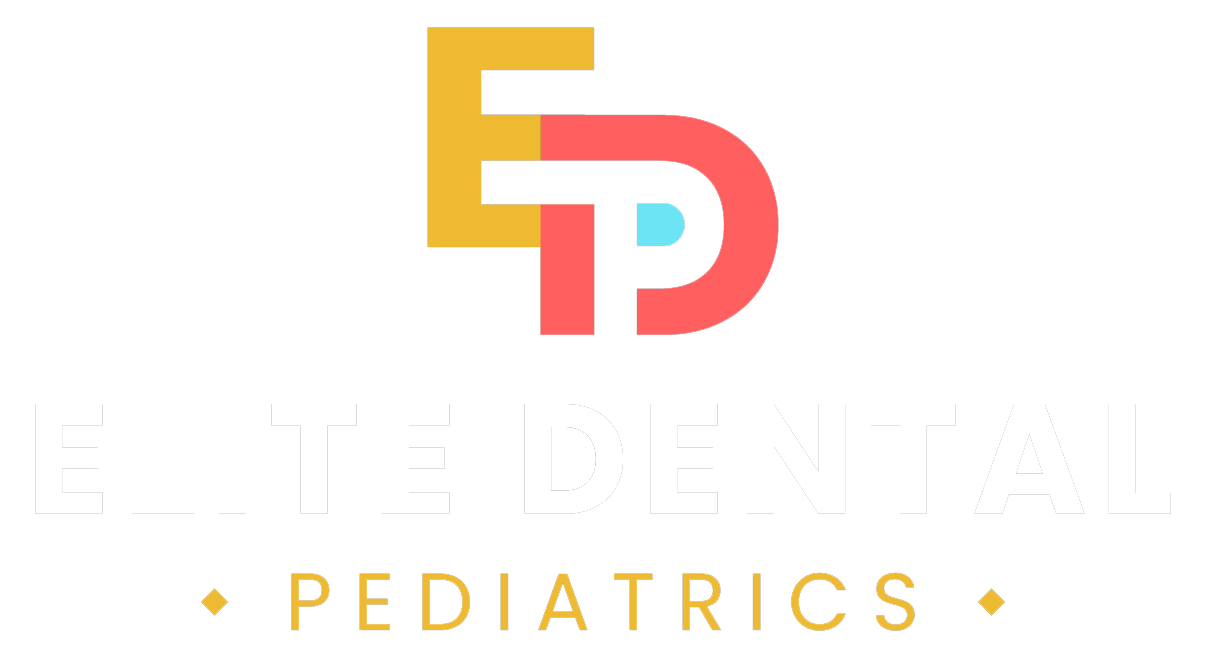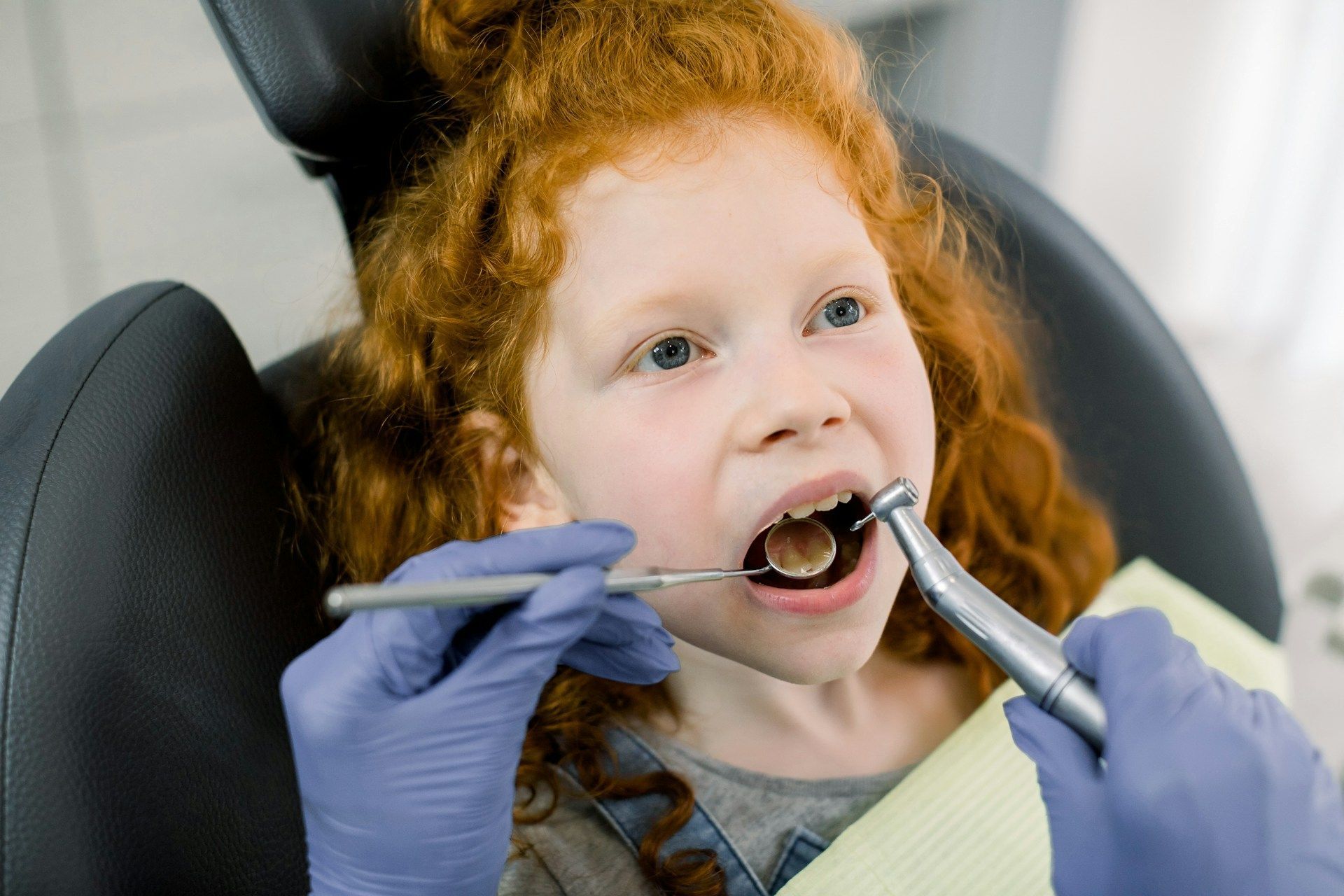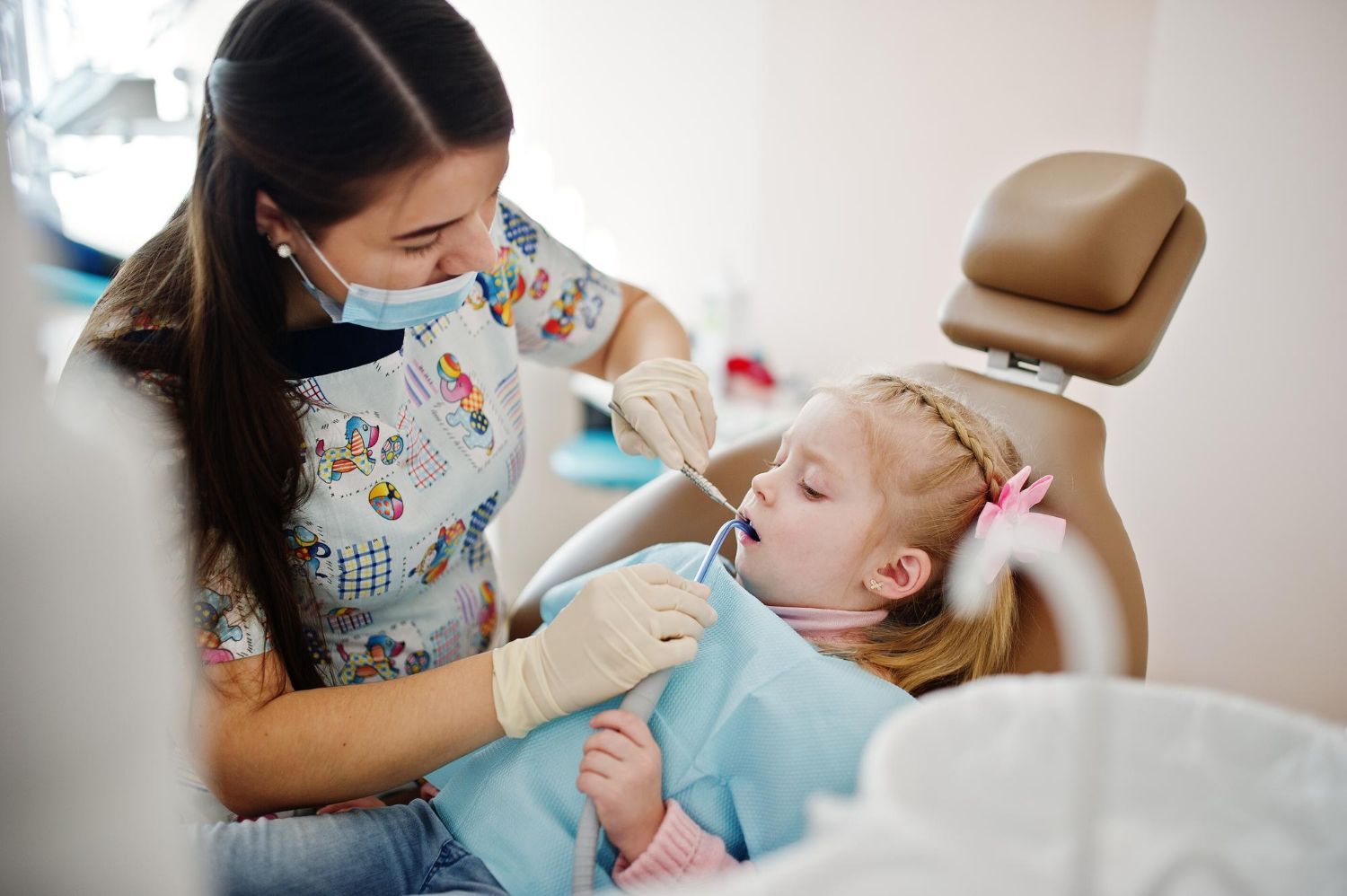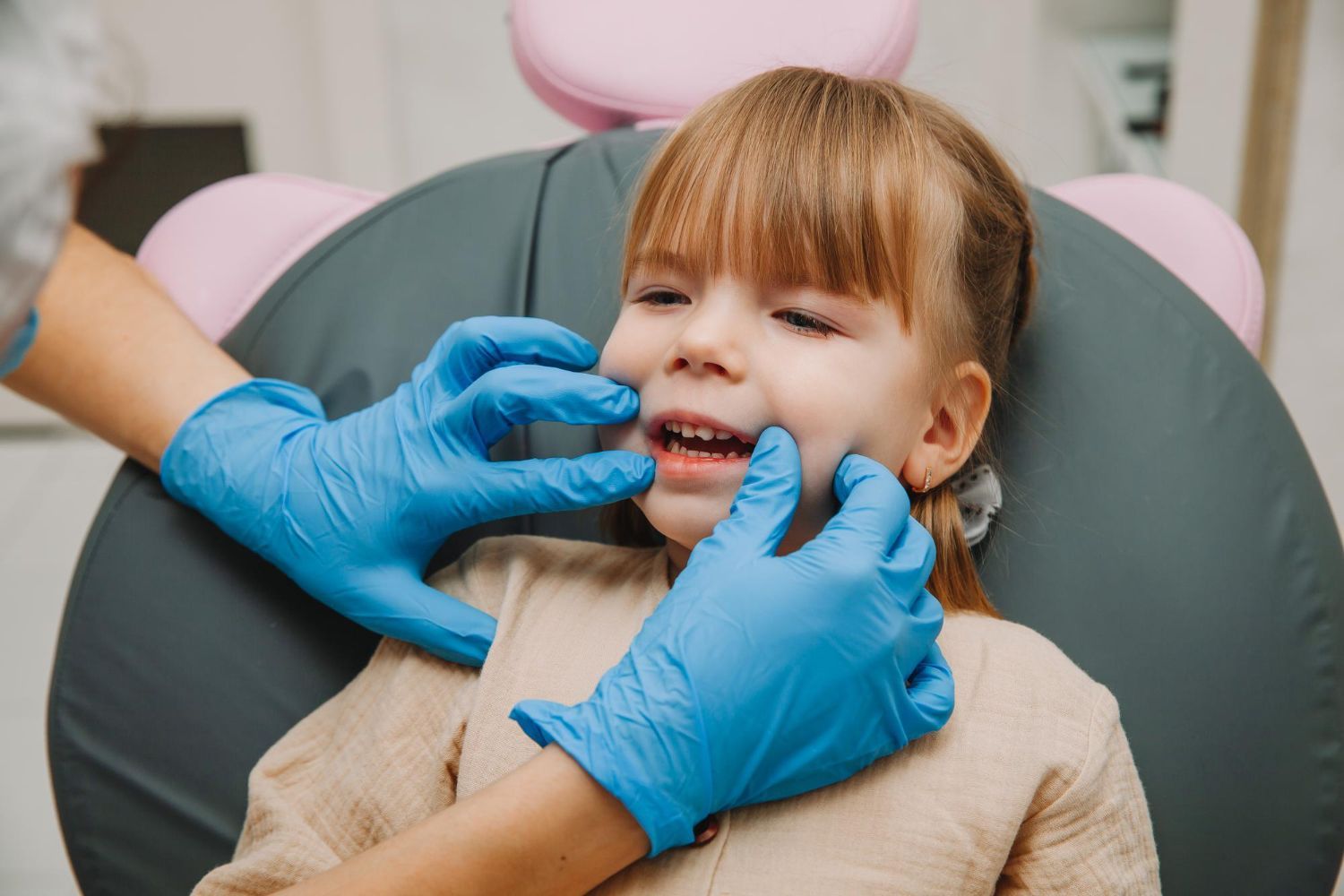What to Expect During Your Child's Dental Cleaning
Dental cleanings are an essential part of maintaining your child’s oral health. Regular visits to the dentist not only help keep their teeth and gums healthy but also instill good oral hygiene habits from an early age. However, for many parents and children, the thought of a dental cleaning visit can bring a mix of curiosity and anxiety. Knowing what to expect can ease these feelings and help ensure a smooth experience.
During a dental cleaning session, your child will go through a series of steps designed to thoroughly clean their teeth, assess their oral health, and apply preventive treatments. Understanding these steps can make the process less intimidating for your child and more manageable for you. It's important to prepare for the appointment by discussing it with your child and bringing the necessary items to the visit.
In this article, we will take a detailed look at what happens during a child's dental cleaning. We'll cover everything from how to get ready for the appointment, the step-by-step cleaning process, common questions children may have, and the post-cleaning care needed to maintain their oral health. Through this guide, you'll be equipped with the knowledge to make your child's dental cleaning a positive and stress-free experience.
Preparing for the Dental Cleaning Appointment
What to Bring to the Appointment
To make your child's dental cleaning visit as smooth as possible, it's important to come prepared. Start by bringing your child's dental insurance card, if applicable, to ensure that any covered services are processed correctly. If your child is new to the dental practice, bring any previous dental records or x-rays to provide the dentist with a comprehensive understanding of their dental history. You might also want to pack a small comfort item, such as a favorite toy or blanket, to help your child feel more at ease during the visit.
How to Prepare Your Child Mentally
Preparing your child mentally for a dental cleaning can significantly reduce their anxiety. Talk to your child about the appointment in a positive and reassuring manner. Explain that the dentist is there to help keep their teeth healthy and strong. You can even role-play the visit at home, taking turns being the dentist and the patient, to familiarize your child with the process. Reading children's books about visiting the dentist can also make the experience more relatable and less intimidating.
Importance of a Pre-Appointment Discussion
Having a pre-appointment discussion with your child sets the tone for a successful visit. Explain what will happen during the cleaning in simple terms they can understand. Let them know that the dentist will count their teeth, use a special toothbrush, and maybe even take some pictures of their teeth with an x-ray machine. This helps demystify the process and sets realistic expectations. Encouraging your child to ask questions and express their feelings about the visit can also help alleviate any fears.
Steps During the Dental Cleaning Process
Initial Examination and X-Rays
The dental cleaning process typically begins with an initial examination. The dentist or dental hygienist will inspect your child's teeth, gums, and mouth to check for any signs of cavities, gum disease, or other dental issues. Depending on the child's age and dental history, the dentist may take x-rays to get a closer look at areas that are not visible during the exam. These x-rays can reveal hidden cavities between the teeth and other potential problems.
Professional Teeth Cleaning
After the initial examination, the professional teeth cleaning begins. The dental hygienist will use a small, specialized tool to remove plaque and tartar from your child's teeth. This process, called scaling, focuses on cleaning the areas above and below the gum line. Once the tartar is removed, the hygienist will use a high-powered electric toothbrush and gritty toothpaste to polish the teeth. This step helps to remove any surface stains and leaves the teeth feeling smooth and clean.
Fluoride Treatment and Polishing
The final steps of the dental cleaning involve a fluoride treatment and additional polishing. Fluoride is a mineral that helps to strengthen the tooth enamel and prevent cavities. The dental hygienist will apply a fluoride gel or varnish to your child's teeth, which is usually left on for a few minutes to allow the teeth to absorb the fluoride. After the fluoride treatment, the dentist may do a final polish to ensure the teeth are as clean and protected as possible. This comprehensive cleaning process helps to maintain your child's dental health and sets the stage for a bright, healthy smile.
Common Questions Kids Ask About Dental Cleanings
Will It Hurt?
A common concern for kids visiting the dentist is whether the cleaning will hurt. You can reassure your child that a dental cleaning is generally painless. Explain that they might feel a tickling sensation or a little pressure, but nothing that should cause discomfort. If at any point they feel uneasy, they should let the dentist know, who can take steps to ensure they are comfortable. The goal is to make the experience as pleasant and as pain-free as possible.
What Are the Tools Used for?
Kids are naturally curious, and they might be interested in the tools the dentist uses. The strange sounds and shapes of these tools can be intimidating at first. You can explain that the dentist uses special tools to clean and examine their teeth. For example, the mirror helps the dentist see all the teeth, while the scaler removes the tartar. The electric toothbrush makes funny noises but is great for polishing teeth. Knowing what each tool does can help reduce fear and make the process more familiar.
How Long Will It Take?
Children often want to know how long they will be in the dentist’s chair. A typical dental cleaning appointment lasts about 30 to 60 minutes, depending on the child's needs. Explain that it usually doesn’t take long, and after the cleaning, they might even get a treat or a small toy for being brave. Understanding the time involved can help kids manage their expectations and stay patient throughout the process.
Post-Cleaning Care and Follow-Up
Tips for Maintaining Oral Hygiene at Home
After a dental cleaning, it’s essential to keep up with good oral hygiene at home. Encourage your child to brush their teeth twice a day for two minutes each time using a fluoride toothpaste. Teach them to floss daily to remove food particles and plaque between the teeth. Make this routine fun by using a special timer or a favorite song to ensure they brush for the full two minutes. Remind them that their efforts help keep their teeth strong and healthy until their next visit.
Scheduling the Next Appointment
Regular dental checkups are crucial for maintaining your child’s oral health. Typically, dentists recommend scheduling cleanings every six months. Before leaving the dental office, make sure to book the next appointment. This helps keep your child's dental care on track and ensures any potential issues are caught early. Having a set schedule for dental visits can also help your child get used to the routine, making each visit less daunting.
Recognizing Signs That a Visit is Needed Before the Next Cleaning
Sometimes, issues can arise between scheduled cleanings. It’s important to recognize signs that your child might need an earlier visit to the dentist. Watch for complaints of tooth pain, sensitivity to hot or cold foods, and any visible changes in their teeth or gums, such as swelling or discoloration. If any of these signs appear, it’s best to schedule an appointment as soon as possible to address the issue promptly and prevent further complications.
Conclusion
Taking your child for regular dental cleanings is a vital part of maintaining their overall health. Understanding what to expect during the appointment and addressing common concerns helps make the experience positive for both you and your child. From preparing for the visit to following up at home, each step plays an integral role in ensuring your child maintains a bright and healthy smile.
A proactive approach to dental care instills good habits that can last a lifetime. By staying informed and engaged in your child's dental health, you can help them build a foundation for excellent oral hygiene. Regular cleanings, combined with proper care at home, lead to fewer dental problems and a happier, healthier child.
If you're ready to schedule your child's next dental cleaning or have any questions about how to prepare, don't hesitate to contact Elite Dental Pediatrics in Houston, Texas. Our kid-friendly dentist is dedicated to making each visit enjoyable and stress-free and ensuring your child receives the best possible care. Call us today to book an appointment and take the next step toward a healthier smile for your child.










